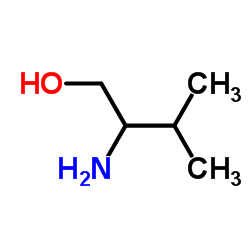| 结构式 | 名称/CAS号 | 全部文献 |
|---|---|---|
 |
2-氨基-3-甲基-1-丁醇
CAS:16369-05-4 |
|
 |
N-羟乙基苯胺
CAS:122-98-5 |